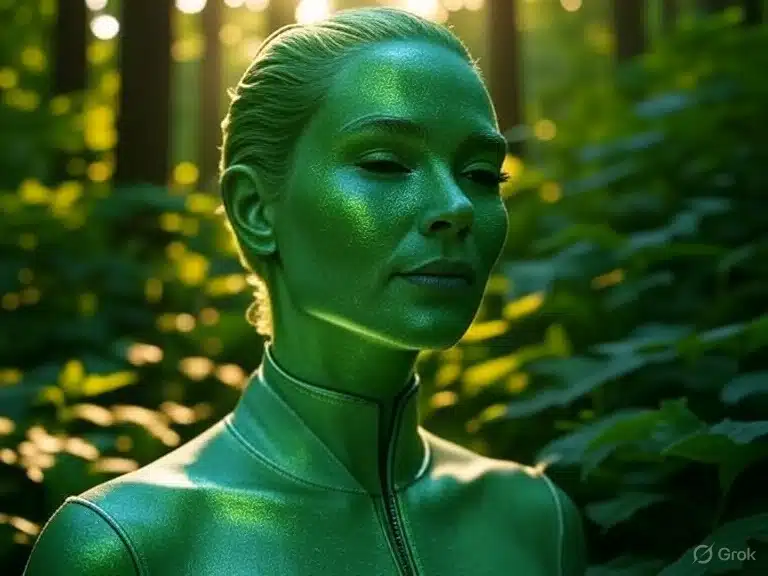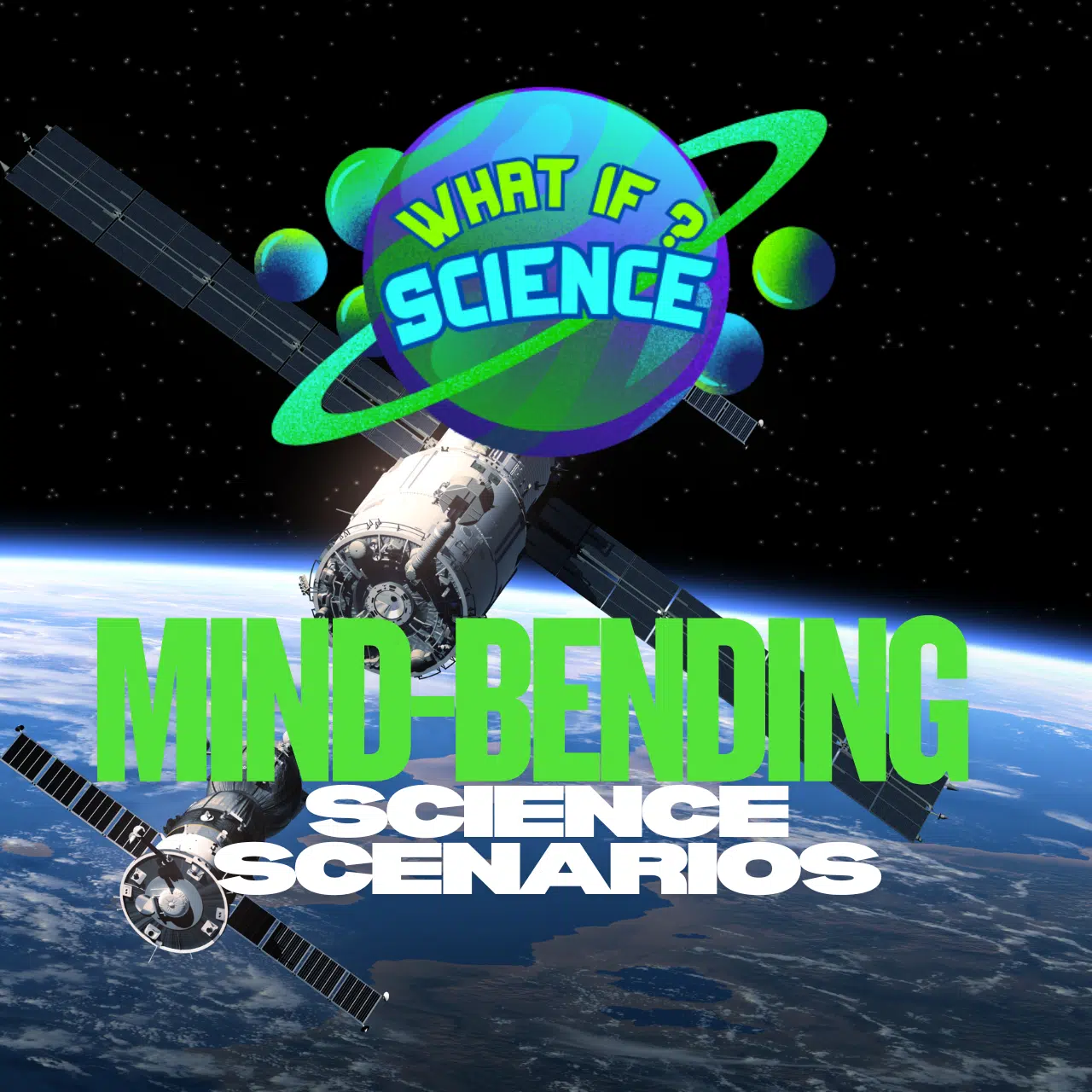Imagine stepping outside on a sunny day and fueling your body simply by standing in the light—no breakfast, lunch, or dinner required. This thought experiment asks: What if humans could photosynthesize like plants? The idea may sound like pure science fiction, but exploring it reveals fascinating insights into biology, energy consumption, and the future of humanity.
How Photosynthesis Works in Plants
Photosynthesis is the process by which plants convert sunlight, carbon dioxide, and water into glucose and oxygen. It’s nature’s ultimate solar energy system. Chlorophyll, the green pigment in plants, captures sunlight and triggers chemical reactions that create food.
If humans could photosynthesize, we would need similar pigments or specialized cells to capture sunlight and process it into energy. But would this be enough to power our large, active bodies?
The Energy Problem: Not Enough Sunlight
An average adult requires around 2,000 to 2,500 calories per day. Plants, by contrast, use photosynthesis to survive on relatively little energy because they don’t move much. Even if a human had chlorophyll embedded in their skin, a person would need to stand naked in the sun for hours to capture enough energy—and even then, the caloric gain would be minimal.
That means photosynthesis alone wouldn’t eliminate the need for eating food. Instead, it would act as a supplemental energy source, reducing but not replacing meals.
Possible Benefits of Photosynthetic Humans
1. Reduced Hunger Worldwide
Even partial photosynthesis could help reduce global hunger and malnutrition. In regions where food scarcity is a crisis, people could survive longer by drawing energy from the sun.
2. Lower Environmental Impact
With less dependence on agriculture and animal farming, deforestation, greenhouse gas emissions, and water usage could decline significantly. Humanity’s carbon footprint would shrink, making Earth more sustainable.
3. Enhanced Endurance
Athletes and explorers might benefit from photosynthesis. Imagine marathon runners absorbing sunlight to fuel their performance, or astronauts on long space missions using sunlight as a backup energy source.
4. Economic Shifts
Global industries like farming, food processing, and shipping might shrink, while new industries focused on human energy optimization—UV lamps, sunlight-enhancing suits, or nutrient-balancing technology—would thrive.

The Drawbacks of Human Photosynthesis
1. Skin Changes
To make photosynthesis possible, human skin would likely need to be green or contain special pigments. This could change human appearance dramatically, altering concepts of beauty and identity.
2. Risk of Overexposure
Humans would need long hours of sunlight exposure. This raises health risks like skin cancer, dehydration, and heatstroke. Balancing sunlight absorption without harm would be a constant challenge.
3. Competition with Plants
If humans photosynthesized efficiently, the balance of ecosystems might shift. Would we require extra green areas, or would cities redesign rooftops and streets for “sunbathing energy zones”?
4. Limited Energy Output
Even the best photosynthetic human could never fuel high-energy lifestyles (such as intense exercise or labor) through sunlight alone. Food would remain essential, especially proteins and fats that photosynthesis cannot provide.
Social and Cultural Impact
New Daily Routines
Instead of coffee breaks, people might take sunlight breaks at work. Parks, rooftops, and open fields could become major hubs for recharging energy.
Fashion and Architecture
Clothing would evolve to expose maximum skin safely, while cities would prioritize sunlight exposure with open designs and transparent buildings.
Spiritual and Psychological Shifts
Cultures might adopt new beliefs around the sun as a direct life source. Sunbathing could become not just leisure but survival, reshaping human rituals and traditions.

Could This Ever Happen?
While humans can’t photosynthesize, nature offers partial examples. Some sea slugs and salamanders have absorbed algae into their bodies, gaining limited photosynthetic powers. In theory, genetic engineering or bio-nanotechnology might one day allow humans to incorporate chloroplasts into their skin cells.
Scientists are already experimenting with biohybrid systems that merge living cells with solar energy. If this technology advances, humans could gain artificial photosynthesis abilities—not naturally, but through engineered skin implants or nanotechnology.
The Balance Between Food and Sunlight
Even with photosynthesis, humans would still crave food. However, diets could change dramatically:
- Fewer carbohydrates since sunlight provides energy.
- More proteins and fats for body repair and growth.
- Less reliance on farming, meaning global food supply chains would shift.
This hybrid lifestyle could make humanity both energy self-sufficient and environmentally sustainable.
Conclusion
If humans could photosynthesize like plants, the world would undergo extraordinary changes in health, society, and the environment. Hunger might decline, carbon emissions could shrink, and our relationship with the sun would become deeply personal.
Still, photosynthesis would never completely replace the need for food. Instead, it would act as a powerful supplement, transforming human life into a greener, more sustainable existence. The idea remains hypothetical for now, but as science advances, tomorrow’s humans might just step into the sunlight not only for warmth—but also for nourishment.

